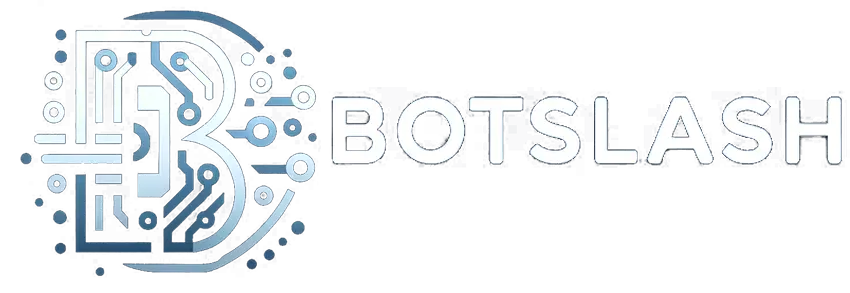Rising Liquidity, Bitcoin Resilience, Cardano’s Governance Shift, Ripple’s Stablecoin Growth ,Hong Kong’s SFC revoked crypto licenses & Czech Republic’s Bold BTC Move : 6 Crypto Market Surge

. The rising M2 money supply signals potential asset inflation, which could fuel Bitcoin’s price growth. Meanwhile, Bitcoin remains stable despite concerns around DeepSeek, showcasing the market’s increasing maturity. In the blockchain ecosystem, Cardano is making a bold move towards full decentralized governance, while Ripple’s RLUSD stablecoin secures new listings with a transparent reserves report. […]
Bitcoin Whales, Digital Euro, and Market Volatility 7 Game-Changing Crypto Developments

Bitcoin continues to dominate global financial discussions as billion-dollar options are set to expire, whales ramp up accumulation, and analysts point to low sell-side risk as a precursor to major price movements. Alongside these developments, the European Central Bank is accelerating its push for a digital euro to compete with Bitcoin and politically-backed stablecoins, while […]
6 Powerful Crypto Shifts: BlackRock’s Tokenization Push, Coinbase’s Legal Battle, Tron’s Bold Move, and More

From BlackRock’s ambitious push for blockchain tokenization to Coinbase’s legal battle over crypto classification, the industry is navigating a critical period of transformation. On the global stage, compliance initiatives like MiCA and innovation-driven efforts by projects like Tron reflect a sector striving for mainstream acceptance while grappling with challenges like misuse and regulatory uncertainty. Let’s […]
AI Tokens, Groundbreaking Trends in Regulations, , and Bitcoin Milestones : Revolutionizing the Crypto Market in 2025

From Senator Tim Scott’s regulatory focus to Thailand’s exploration of Bitcoin ETFs, and from meteoric rise of AI tokens to the Ripple’s ongoing legal battle with the SEC , the industry is abuzz with activity. Simultaneously, Bitcoin’s rally past $99,000 amidst inflation concerns underscores its role as a hedge against economic instability. Together, these stories […]
5 Latest Crypto Developments: Bitcoin’s Dip, FTX Repayments, Inflation Data, Germany’s Bitcoin Vision, and SEC ETF Predictions

Bitcoin’s price correction below the 20-EMA raises questions about its short-term trajectory, while FTX begins repaying creditors, signaling a new chapter for centralized exchanges. U.S. inflation data (CPI and PPI) could heavily influence crypto prices, potentially impacting Bitcoin and altcoin rallies. Meanwhile, Germany’s progressive Bitcoin initiative is poised to set global standards for digital currency […]
5 Latest News: High-Net-Worth Investors, Binance’s Growth, Bitcoin’s Correction, and ETF Outflows Shape Crypto Landscape

The cryptocurrency market is witnessing transformative developments, with Binance leading the charge through its remarkable growth and innovation in 2024. The platform’s advancements and strategic initiatives have solidified its position as a key player in the crypto space. Simultaneously, high-net-worth investors are showing increasing confidence in Bitcoin, leveraging ETFs and supportive policies to strengthen their […]
Ripple Lawsuit Breakthrough, FTX’s $16B Repayments, South Korea’s ETF Revolution, and Solana’s Quantum Leap

Ripple ongoing legal battle with the SEC is nearing a pivotal moment, FTX has begun repaying $16 billion to creditors, South Korea is rethinking its stance on crypto ETFs, and Solana has introduced groundbreaking quantum-resistant security. These developments underscore the sector’s resilience, innovation, and regulatory evolution as it continues to shape the future of finance. […]
6 latest cryptomarket Rollercoaster : Record DEX Volumes, Policy Shifts, and Bitcoin’s Sentiment Fluctuations

December 2024 latest marked a pivotal moment in the cryptomarket, showcasing dramatic shifts, record-breaking achievements, and forward-looking policy changes. Decentralized exchanges (DEXs) hit unprecedented heights with $462 billion in monthly volume, underscoring the growing dominance of DeFi platforms. Meanwhile, the U.S. and Hong Kong unveiled bold plans, with President-elect Trump promising a crypto-friendly administration and […]
6 Key Cryptocurrency Developments Tron’s AI Agent, Avalon’s Bitcoin-Backed Stablecoin, Nokia’s Encryption Patent, Botswana’s Crypto Regulations, Saylor’s U.S. Framework, and Metaplanet’s Record Bitcoin Purchase: Transforming Blockchain and Cryptocurrency

Cryptocurrency innovation continues to accelerate, with significant news shaping market sentiment and future opportunities. This analysis covers the following: Tron’s AI advancements, Avalon Labs’ Bitcoin-backed stablecoin funding, Nokia’s digital asset encryption patent, regulatory moves by Botswana’s central bank, Michael Saylor’s proposed crypto framework, and Metaplanet’s major Bitcoin purchase. 1. Tron Network Launches Its First AI […]
Bitcoin Blockchain Explorer and Genesis Block: Birth of Bitcoin

Did you ever hear the word of Blockchain Explorer? Let’s understand it but first learn the scenario! Imagine you’re in a bustling market where everyone can trade goods without needing a central authority like a bank to oversee the transactions. Instead, a public ledger keeps a record of all transactions, ensuring transparency and trust among […]

